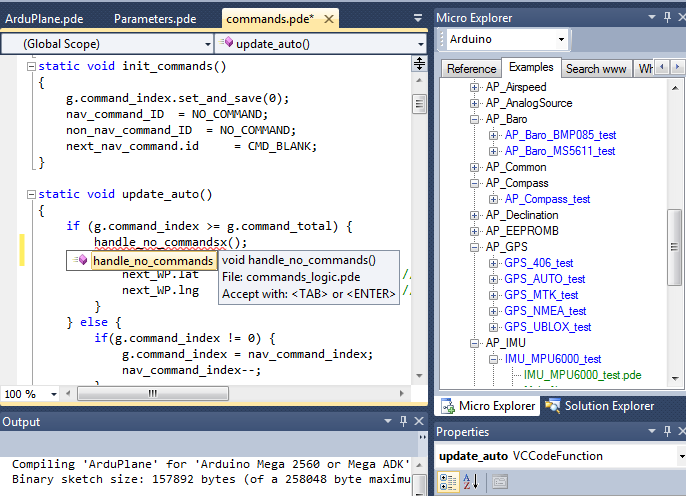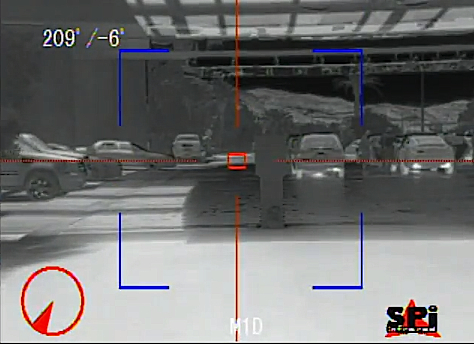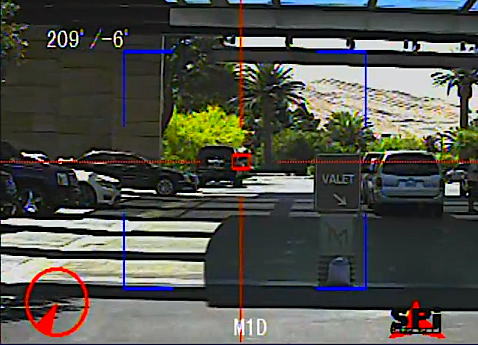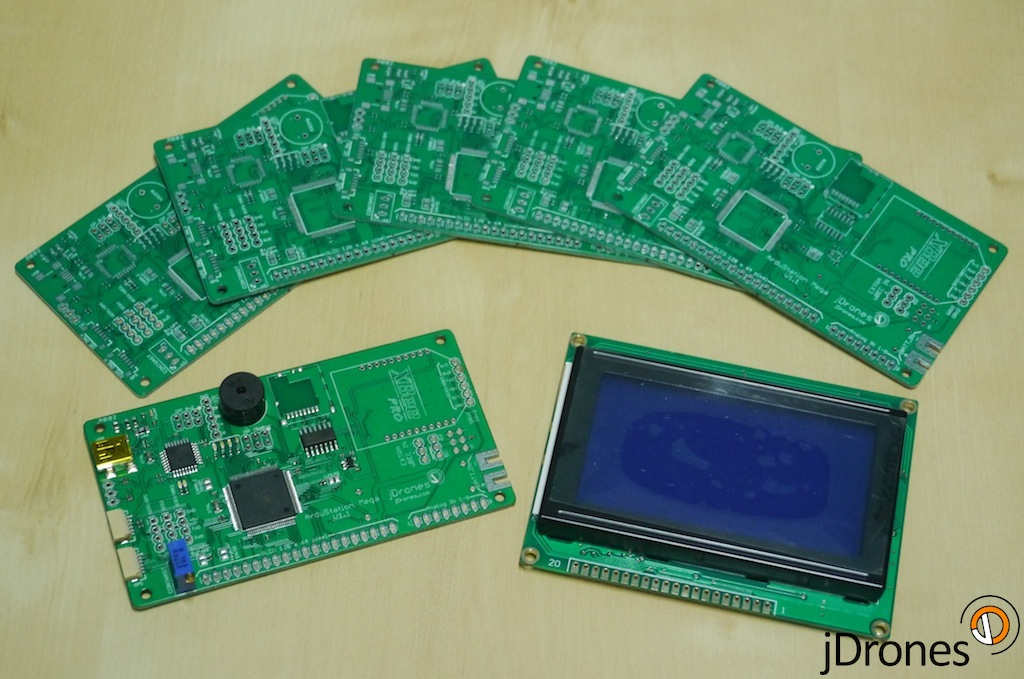I like the sound of this, from the Kickstarter project we covered earlier: "The development team has promised to release the source code for the Linux/Mac/PC software and mobile apps, all protocols, and available hardware schematics under open-source licenses."
The actual helicopter being sold as part of the Puzzlebox Orbit package may look somewhat familiar to Gizmag regulars. The protective outer sphere that prevents the rotor blades from impacting with walls, furniture, floor and ceiling is very similar in design to the Kyosho Space Ball we covered last month. It's not the same craft though, and the ability to control it with the mind is not the only difference.
"There's a ring around the top and bottom of the Space Ball which isn't present on the Puzzlebox Orbit," Castellotti told us. "The casing around their server motor looks quite different, too. The horizontal ring at-mid level is more rounded on the Orbit, and vertically it is more squat. We're also selling the Puzzlebox Orbit in the U.S. for US$89 (including shipping), versus their $117 (plus shipping)."
Two versions of the Puzzlebox Orbit system are being offered to the public. The first is designed for use with mobile devices like tablets and smartphones. A NeuroSky MindWave Mobile EEG headset communicates with the device via Bluetooth. Proprietary software then analyzes the brainwave data in real time and translates the input as command signals, which are sent to the helicopter via an IR adapter plugged into the device's audio jack.
This system isn't quite ready for all mobile operating platforms, though. The team is "happy on Android but don't have access to a wide variety of hardware for testing," confirmed Castellotti, adding "Some tuning after release is expected. We'll have open source code available to iOS developers and will have initiated the App Store evaluation process if it's not already been approved."
The second offering comes with a Puzzlebox Pyramid, which was developed completely in-house and has a dual role as a home base for the Orbit helicopter and a remote control unit. At its heart is a programmable micro-controller that's compatible with Arduino boards. On one face of the pyramid there's a broken circle of multi-colored LED lights in a clock face configuration. These are used to indicate levels of concentration, mental relaxation, and the quality of the EEG signal from a NeuroSky MindWave EEG headset (which wirelessly communicates with a USB dongle plugged into the rear of the pyramid).
Twelve infrared LEDs to the top of each face actually control the Orbit helicopter, and with some inventive tweaking, these can also be used to control other IR toys and devices (including TVs).
In either case, a targeted mental state can be assigned to a helicopter control or flight path (such as hover in place or fly in a straight line) and actioned whenever that state is detected and maintained. Estimated Orbit flight time is around eight minutes (or more), after which the user will need to recharge the unit for 30 minutes before the next take-off.
At the time of writing, a crowd-funding campaign on Kickstarter to take the prototype system into mass production has attracted almost three times its target. The Puzzlebox team has already secured enough hardware and materials to start shipping the first wave of Orbits next month. International backers will get their hands on the system early next year.
The brain-controlled helicopter is only a part of the package, however. The development team has promised to release the source code for the Linux/Mac/PC software and mobile apps, all protocols, and available hardware schematics under open-source licenses. Step-by-step how-to guides are also in the pipeline (like the one already on the Instructableswebsite), together with educational aids detailing how everything works.
"We have prepared contributor tools for Orbit, including a wiki, source code browser, and ticket tracking system," said Castellotti. "We are already using these tools internally to build the project. Access to these will be granted when the Kickstarter campaign closes."
"We would really like to underline that we are producing more than just a brain-controlled helicopter," he stressed. "The toy and concept is fun and certainly the main draw, but the true purpose lies in the open code and hacking guides. We don't want to be the holiday toy that gets played with for ten minutes then sits forever in the corner or on a shelf. We want owners to be able to use the Orbit to experiment with biofeedback – practicing how to concentrate better or to unwind and relax with this physical and visual aid."
"And when curiosity kicks in and they start to wonder how it actually works, all of the information is published freely. That's how we hope to share knowledge and foster a community. For example, a motivated experimenter should be able to start with the hardware we provide, and using our tools and guides learn how to hack support for driving a remote controlled car or causing a television to change channels when attention levels are measured as being low for too long a period of time. Such advancements could then be contributed back to the rest of our users."
The Kickstarter campaign will close on December 8, after which the team will concentrate its efforts on getting Orbit systems delivered to backers and ensure that all the background and support documentation is in place. If all goes according to plan, a retail launch could follow as soon as Q1 2013.
It is hoped that the consumer Puzzlebox Orbit mobile/tablet edition with the NeuroSky headset will remain under US$200, followed by the Pyramid version at an as-yet undisclosed price.













